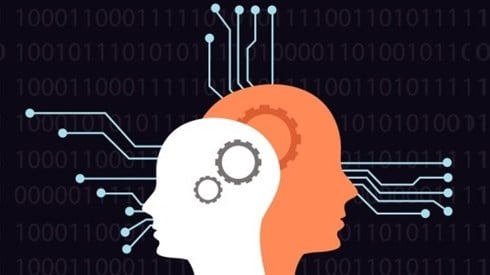Do Your Mental Models Need Updating?

November 18, 2020

A friend and colleague of mine, Frank Martinelli, first introduced me to the concept of generative thinking and the implications for governance. I've written in depth about this topic previously; however, a lot has changed in the last 4 years.
A recent LinkedIn post by Frank (Frank Martinelli, "Generative Governance Resource Bibliography," LinkedIn, October 26, 2020) caused me to consider whether I should revisit this topic, and if so, in what fashion. Thinking about what would be most beneficial to readers, I concluded that a new discussion on mental models is warranted; specifically, whether your mental models need to be updated.
So, what are these things called "mental models"? While there are a number of definitions out there, I am partial to this one from "Mental Models: The Best Way To Make Intelligent Decisions (109 Models Explained)" published on the FS (Farnam Street) Blog.
Mental models are how we understand the world. Not only do they shape what we think and how we understand but they shape the connections and opportunities that we see. Mental models are how we simplify complexity, why we consider some things more relevant than others, and how we reason.
A mental model is simply a representation of how something works. We cannot keep all of the details of the world in our brains, so we use models to simplify the complex into understandable and organizable chunks.… The quality of our thinking is proportional to the models in our head and their usefulness in the situation at hand.
Two other thoughts on mental models: First, most of us are specialists in that our schooling and occupation tend to be the main way we create mental models. If I am a doctor, the majority of my mental models will be based on medicine, since this is where most of my decision making occurs. Second, once we create a mental model, we are very slow to modify or discard the model. Hence, "we see things not as they are, but as we are." (Quote commonly attributed to author Anaïs Nin.)
This brings me back to the question I posed in the title: Do your mental models need updating? Certainly, the profound changes we have seen in 2020 should cause all of us to reflect on whether the models we use are still germane. For example, a mental model that I challenged in a recent article holds that hard markets are good for captives. In it, I argue that low yields on investments, changes in the reinsurance market, and the need to accurately price and underwrite risk may prove problematic for many captives. Will some captives do well? Absolutely. Will all the new captives being formed survive and prosper? Doubtful.
One other example before we move on. Back in 2014, in an early article on generative thinking, I quoted from an A.M. Best report titled How Relevant Is the Underwriting Cycle? and a PwC report titled Reinsurance 2020: Taking Control of Your Destiny. Only 6 years have elapsed since I wrote that article, but if you go back and read either of the two reports it shows how our biases serve to color how we see the future. None of us are clairvoyant, which is why generative thinking is so important.
So, let's assume you agree with the basic tenet of this article that we need to look at updating our mental models. How would we start the process? Begin by reading "Understanding Bias in Decision-Making," by Rebecca Ryan, in the November 2016 issue of Intelligence, an Association of Government Risk Pools publication. I would pay particular attention to Ms. Ryan's comments concerning practical tips for overcoming bias tendencies. While we may be loath to admit it, agitators or contrarians can be extremely useful in helping to identify mental models that may no longer be valid. This can be especially true for board chairs and CEOs because people are naturally reluctant to disagree with voices of authority.
Part of my affinity for these individuals may also be due to the fact that it is a role I played in my professional career. Too often, poor decisions are the results of groupthink where no one is willing to challenge the status quo. This can be exacerbated by the fact, as I noted above, that we tend to become specialists in our own mental models. Think about a group captive where the board is comprised of members who all work in the same industry. It is likely their mental models will reflect this fact and therefore exhibit gaps that they may not even be aware of. A contrarian or outsider would provide balance to this worldview.
Another suggestion is to work at expanding your repertoire of mental models. Everyone naturally gravitates toward mental models that explain the way and the reason that things happen. As we age and may become less open to change, our tendency is to prefer our most familiar mental models. Face it, there is some truth to the adage that it's tough to "teach an old dog new tricks." It is this reliance on the familiar that can then lead us astray due to changes in the outside world.
Given the amount of change we face, it's imperative that we all become better thinkers. One thing that tends to differentiate really good thinkers is their willingness to not allow ideas to be pigeonholed into silos. As author James Clear notes on his website in "Mental Models: How To Train Your Brain To Think in New Ways, "Creativity and innovation often arise at the intersection of ideas. By spotting the links between various mental models, you can identify solutions that most people overlook."
November 18, 2020
